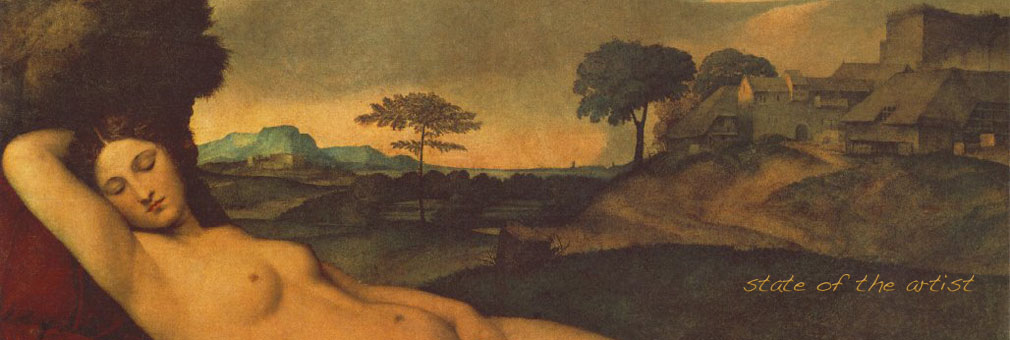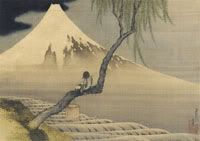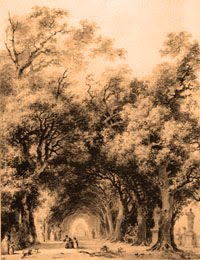I went to visit my parents and my sister who is on R&R from Iraq, and I've been reading Marquez's One Hundred Years of Solitude. I love this man. He has such a way with words...gets right to the point but very eloquently, and he knows how to spin a good yarn. What a raconteur.
I have an older version of the book--one that cost $2.95 when it was printed :) Love that illustration.
As it says on the cover, it is the chronicle of a family living in an enchanted little village called Macondo. Before I began reading, I had read all about the magical realism genre and went through some Kafka and Saramago but didn't know what to expect. What a pleasant surprise. Alchemy, magic carpet rides, and contagious insomnia in perpetuum. I was especially moved by the mystical charm and transcendence and absolute wretchedness of Pietro Crespi's death (I'm still relatively at the beginning).
The progenitor of the Buendia brood is Jose Arcadio, husband to Ursula Iguaran. J.A. just becomes fiendishly fascinated by the knowledge and inventions that the gypsies bring to town, and he befriends the gypsy leader Melquiades, who introduces him to alchemy.
The engraving to the right was taken from the
Elementa chemicae of the Leiden chemistry professor J.C. Barchusen. In the manuscript, there are a whole series of illustrations that illuminate the process that alchemists call the Opus Magnum (Great Work), which alludes to their belief in the divinity of creation and the plan of salvation within it. Materia prima, the volatile and chaotic base of all matter, contains incompatible opposites and seeks to be regulated and transmutated to a "redeemed state of perfect harmony" (from Alexander Roob's
Hermetic Cabinet)-- the Philosopher's Stone or
lapis philosophorum.
In the first medallion, there are the emblems of the lapis on the crescent moon: the lion represents normal gold, which must be twice driven by antimony, the wolf, in order to be purified. The dragon represents philosophical quicksilver--mercury. In circle #2, God corroborates with the alchemist--laying to rest any fear of impiety in the work. #3 shows chaos. #4 depicts the coat of arms of the lapis, and #5 shows the four elements.


.jpg)









